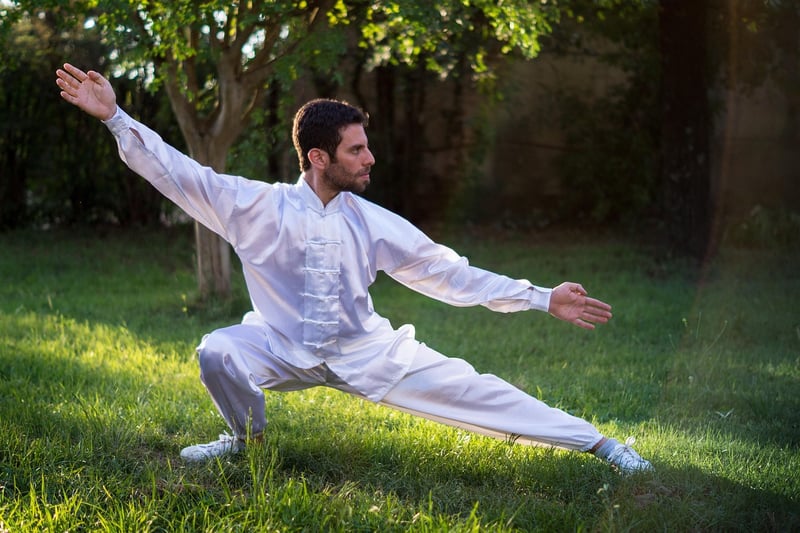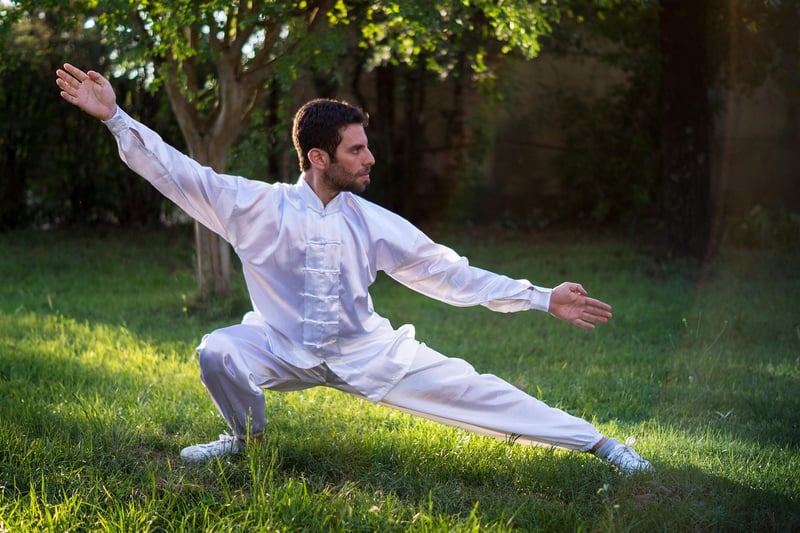Qi Gong
The Art of Chinese Martial Arts and Qi Gong
Chinese martial arts, also known as Wushu or Kung Fu, are ancient practices that have been passed down through generations, combining physical exercises, self-defense techniques, and philosophy. One essential aspect of Chinese martial arts is Qi Gong, which focuses on cultivating and balancing the body's internal energy.
Understanding Chinese Martial Arts
Chinese martial arts encompass a wide range of styles, each with its unique movements, techniques, and principles. Some popular styles include Tai Chi, Wing Chun, Shaolin Kung Fu, and Wudang Quan. Practitioners of Chinese martial arts not only learn physical techniques but also delve into the rich history and philosophy behind each style.

Benefits of Chinese Martial Arts
- Improved physical fitness and flexibility
- Enhanced self-discipline and mental focus
- Stress relief and relaxation
- Self-defense skills and confidence
- Connection to Chinese culture and traditions
Exploring Qi Gong
Qi Gong, which translates to "energy work," is a holistic practice that combines gentle movements, breathing techniques, and meditation to promote health and well-being. The focus of Qi Gong is on cultivating Qi, the vital energy that flows through the body, to achieve balance and harmony.

Benefits of Qi Gong
- Boosted immune system and overall health
- Increased energy levels and vitality
- Improved circulation and flexibility
- Reduced stress and anxiety
- Enhanced mental clarity and focus
Practice and Experience
Both Chinese martial arts and Qi Gong require dedication, patience, and practice to reap their full benefits. Whether you are drawn to the dynamic movements of Kung Fu or the gentle flow of Qi Gong, exploring these ancient practices can lead to a profound sense of well-being and harmony.
Embark on a journey to discover the inner strength and serenity that Chinese martial arts and Qi Gong have to offer.
References: Chinese Martial Arts - Wikipedia, Qi Gong - Wikipedia
